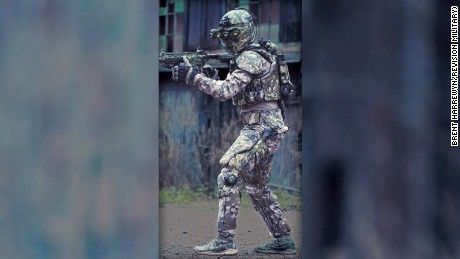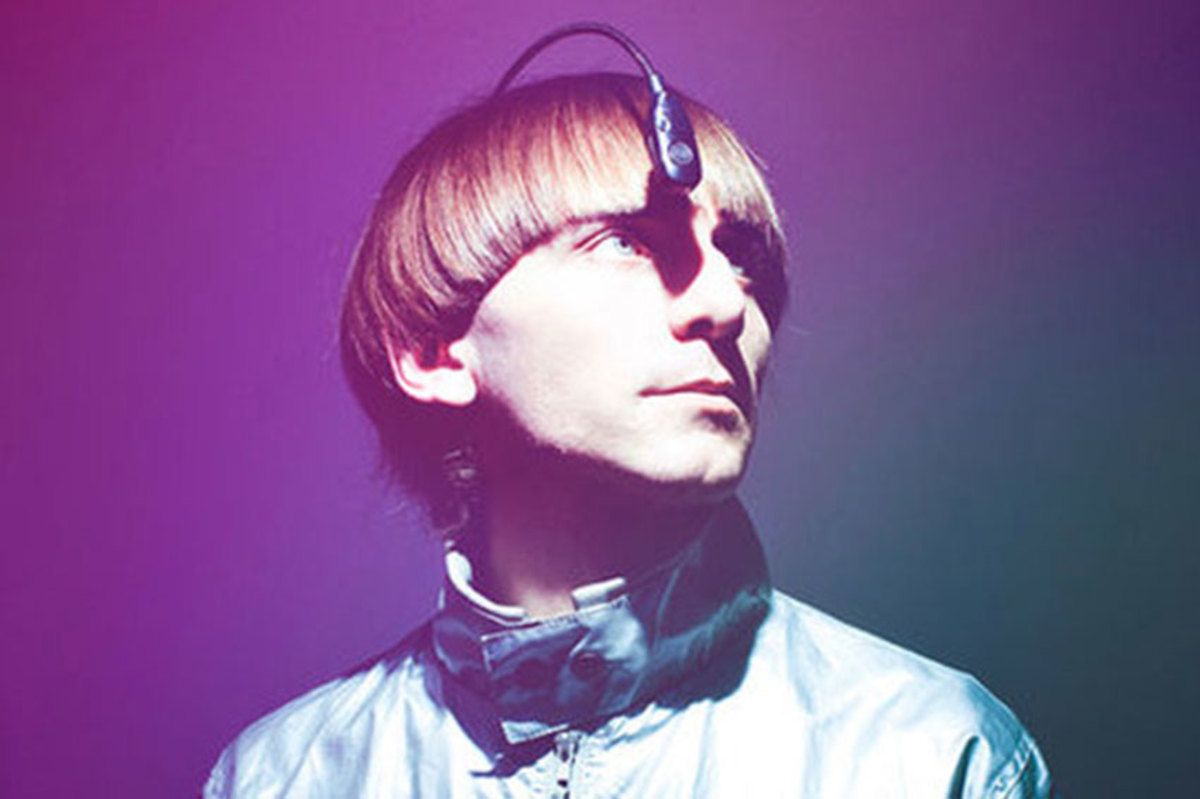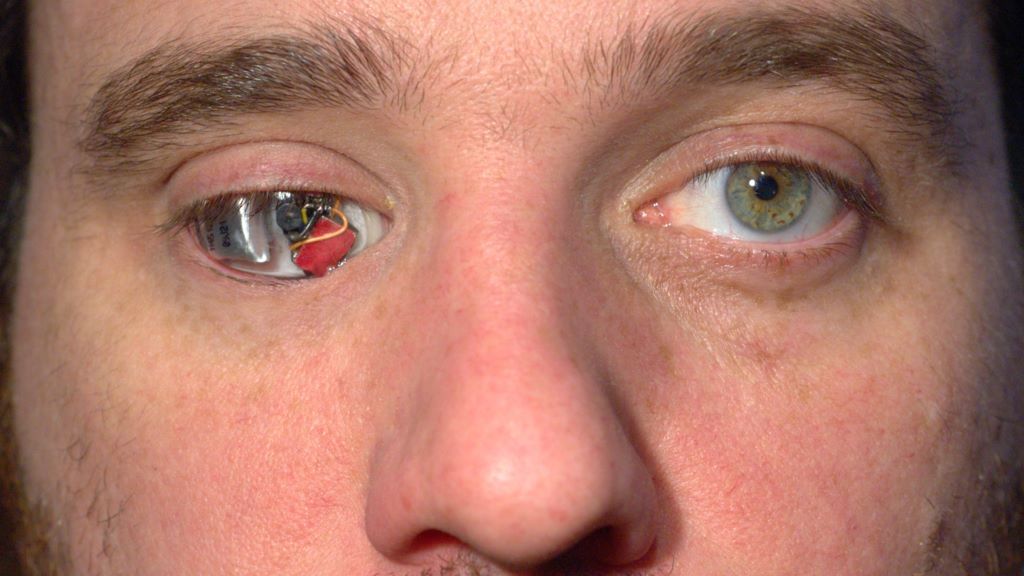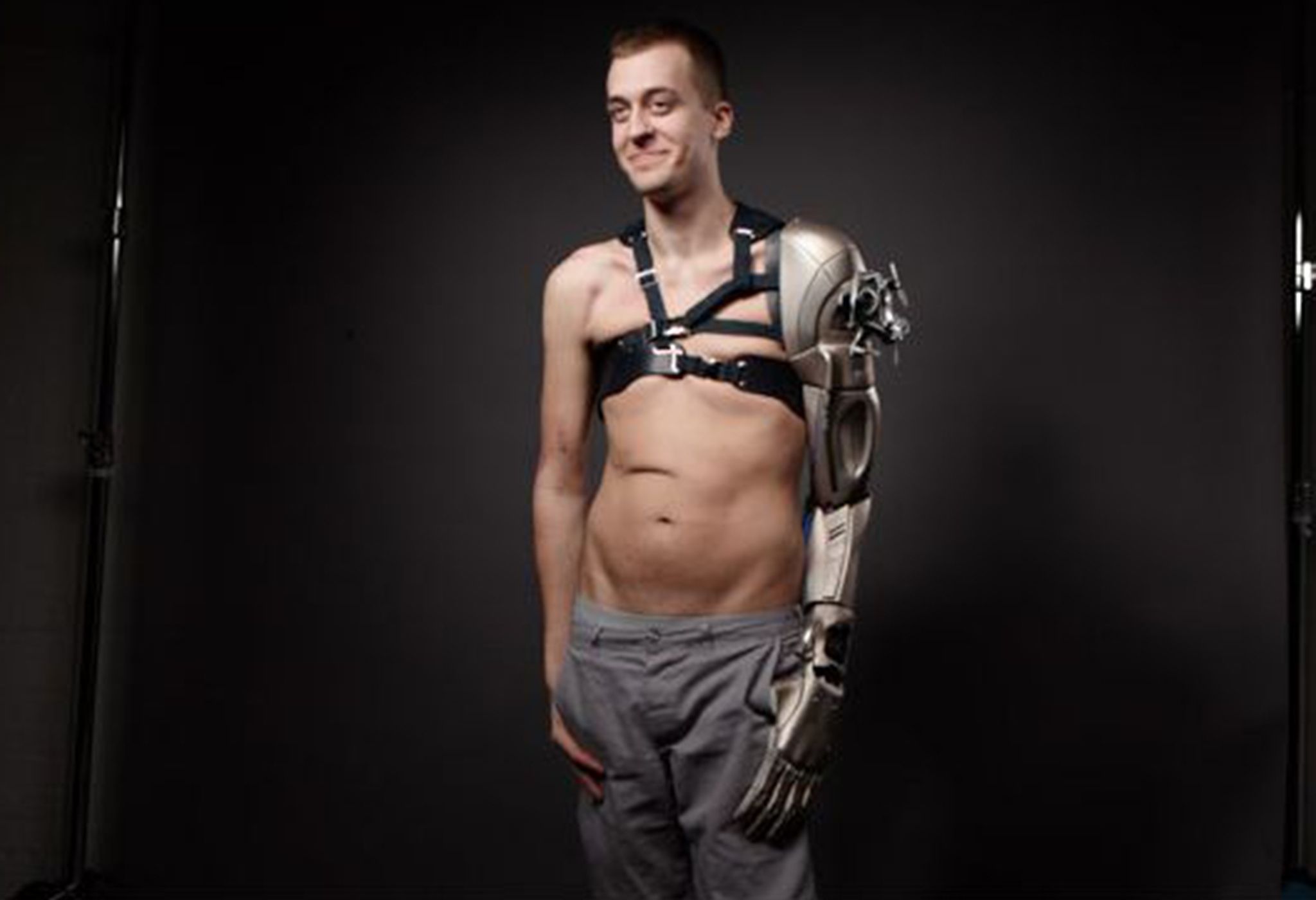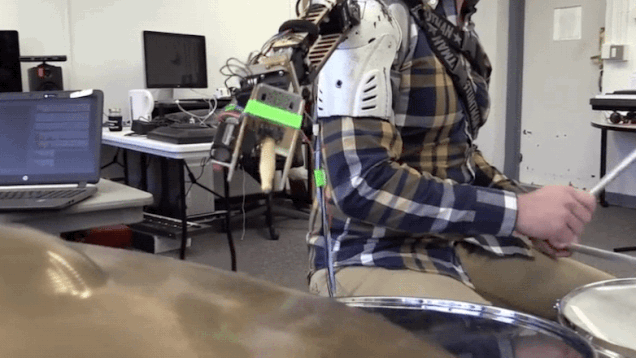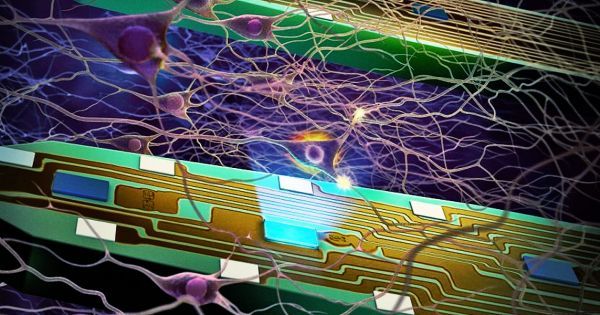Archive for the ‘cyborgs’ category: Page 116
Mar 2, 2016
Never Say Die – SELF/LESS from Science-Fiction to –Fact
Posted by Shailesh Prasad in categories: biotech/medical, cyborgs, ethics, health, life extension, neuroscience, robotics/AI, transhumanism

In SELF/LESS, a dying old man (Academy Award winner Ben Kingsley) transfers his consciousness to the body of a healthy young man (Ryan Reynolds). If you’re into immortality, that’s pretty good product packaging, no?
But this thought-provoking psychological thriller also raises fundamental and felicitous ethical questions about extending life beyond its natural boundaries. Postulating the moral and ethical issues that surround mortality have long been defining characteristics of many notable stories within the sci-fi genre. In fact, the Mary Shelley’s age-old novel, Frankenstein, while having little to no direct plot overlaps [with SELF/LESS], it is considered by many to be among the first examples of the science fiction genre.
Continue reading “Never Say Die – SELF/LESS from Science-Fiction to -Fact” »
Feb 27, 2016
Military Cyborgs May Soon Be a Reality
Posted by Karen Hurst in categories: biotech/medical, cyborgs, drones, health, internet, military, security
BMI’s (according to DARPA and David Axe) could begin as early as 2017 on humans. The plan is to use stentrodes. Testing has already proven success on sheep. I personally have concerns in both a health (as the article highlighted prone to blood clots) as well as anything connecting via Wi-Fi or the net with hackers trying to challenge themselves to prove anything is hackable; that before this goes live on a person we make sure that we have a more secure hack-resistant net before someone is injured or in case could injure someone else.
Soldiers could control drones with a thought.
Feb 27, 2016
This filmmaker put a tiny camera in his prosthetic eye. He calls it the Eyeborg
Posted by Matthew White in categories: biotech/medical, cyborgs, electronics
Feb 25, 2016
Doctors implant 3D-printed vertebrae in ‘world’s first’ surgery
Posted by Karen Hurst in categories: 3D printing, biotech/medical, cyborgs, neuroscience
Just Amazing
Ralph Mobbs, a neurosurgeon at the Prince of Wales Hospital in Sydney, made medical history in late 2015 when he successfully replaced two vertebrae with custom made prosthesis. The patient, in his 60s, suffered from Chordoma, a particularly nasty form of cancer that had formed on his top two vertebrae and threatened to cinch off his spinal cord as it grew. That would have left him a quadriplegic. Complicating matters, those top two vertebrae are what allow you to turn and tilt your head, so it’s not like doctors can easily fashion a replacement out of bone grafted from another part of the patient’s body. They have to fit perfectly and that’s where the 3D printers come in.
Mobbs worked with Anatomics, an Australian medical device manufacturer, to craft perfect replicas of the patient’s top two vertebrae out of titanium. This is the first time that these two particular neck bones have been printed and installed. “To be able to get the printed implant that you know will fit perfectly because you’ve already done the operation on a model … It was just a pure delight,” Mobbs told Mashable Australia. “It was as if someone had switched on a light and said ‘crikey, if this isn’t the future, well then I don’t know what is’.”
Continue reading “Doctors implant 3D-printed vertebrae in ‘world’s first’ surgery” »
Feb 24, 2016
5 Ways Brain-Computer Interfaces Could Change The World — And Us
Posted by Karen Hurst in categories: biotech/medical, computing, cyborgs, neuroscience
Current experiments with brain-computer interfaces have allowed an amputee to “feel” with his prosthetic hand — what other wonders will we achieve with this technology?
Feb 22, 2016
Terence Mckenna’s ‘cyberdelic’ predictions for Virtual Reality 25 years on
Posted by Karen Hurst in categories: computing, cyborgs, life extension, neuroscience, transhumanism, virtual reality
Cannot wait to hear Mckenna’s perspective on BMIs for brain connection to all things digital, and microbots used to extend life as well as bionic body parts.
Famed psychonaut Terence Mckenna envisioned a very radical approach of bridging psychedelics with virtual reality to create a supercharged version of consciousness in which language, or rather the meaning behind what we speak, could be made visual in front of our very eyes.
In Mckenna’s “cyberdelic” future of virtual reality, artists and the revival of art, would be at the forefront of innovation, according to a talk he gave to a German audience in 1991.
Continue reading “Terence Mckenna’s ‘cyberdelic’ predictions for Virtual Reality 25 years on” »
Feb 22, 2016
Prosthetics: Amputee James Young unveils hi-tech synthetic arm inspired by Metal Gear Solid
Posted by Roman Mednitzer in categories: biotech/medical, computing, cyborgs, engineering
The job advertisement was highly specific: applicants had to be passionate about computer games and live in the UK. Oh, and they also had to be amputees who were interested in wearing a futuristic prosthetic limb.
James Young knew straight away he had a better shot than most. After losing an arm and a leg in a rail accident in 2012, the 25-year-old Londoner had taught himself to use a video-game controller with one hand and his teeth. “How many amputee gamers can there be?” he asked himself.
In the end, more than 60 people replied to the ad, which was looking for a games-mad amputee to become the recipient of a bespoke high-tech prosthetic arm inspired by Metal Gear Solid, one of the world’s best-selling computer games. Designed and built by a team of 10 experts led by London-based prosthetic sculptor Sophie de Oliveira Barata, the £60,000 carbon-fibre limb is part art project, part engineering marvel.
Feb 19, 2016
Three-Armed Cyborg Drummer Is the Killer Beat Machine of the Future
Posted by Sean Brazell in categories: cyborgs, media & arts, robotics/AI, wearables
Seeking to “push the limits of what humans can do,” researchers at Georgia Tech have developed a wearable robotic limb that transforms drummers into three-armed cyborgs.
The remarkable thing about this wearable arm, developed at GT’s Center for Music Technology, is that it’s doing a lot more than just mirroring the movements of the drummer. It’s a “smart arm” that’s actually responding to the music, and performing in a way that compliments what the human player is doing.
The two-foot long arm monitors the music in the room, so it can improvise based on the beat and rhythm. If the drummer is playing slowly, for example, the arm will mirror the tempo.
Feb 18, 2016
New Wireless Neural Implant Transmits Brain Signals to Prosthetic Limbs
Posted by Shailesh Prasad in categories: biotech/medical, computing, cyborgs, neuroscience
A new chip designed for the brain is now wireless. Now that it is no longer connected using wires, will it compromise its accuracy?
The Nanyang Technological University in Singapore has developed a smart chip that can be used for neural implants in order to wirelessly transmit brain signals to the rest of the body with 95% accuracy. These neural implants, and the data that they register, are expected to help curtail symptoms of diseases like Parkinson’s, and they could also help paraplegic patients move their prosthetic limbs.
For operations, external devices can use the the 5mm by 5mm chip to receive and analyze data before sending back important details, instead of sending the entire data stream all at once. This drastically decreases its power consumption, making the tech far more viable.
